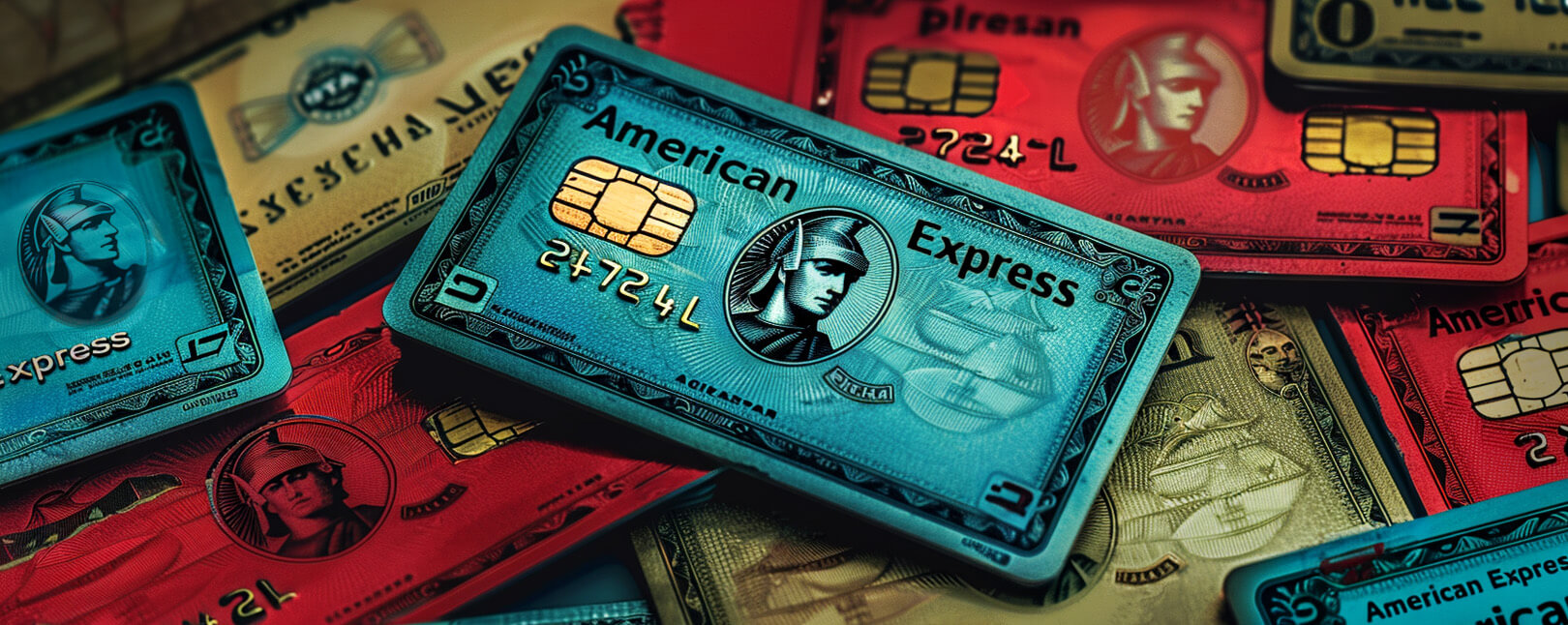10 Tips to Prevent Grocery Chargebacks for Stores & Delivery Services
Running a grocery store means juggling countless transactions every day and serving a wide array of customers. In this bustling business environment, you're bound to face a slew of payment issues, from fraud to chargebacks.
While some losses might be chalked up as just part of the job. For instance, food going out of date, or the odd shoplifting incident. However, grocery chargebacks stand out as a unique type of risk.
Disputes can drain significant revenue from your reserves. They can also bring about other negative impacts that no business owner can afford to shrug off as simply a “cost of doing business.”
So, how can grocery store owners and wholesalers get ahead of the game and decrease their overall chargeback rates? Let's dive in and find out.
Recommended reading
- Bank of America Disputes: Here's What You Need to Know
- Wells Fargo Disputes: Chargeback Rules & Things to Know
- 10 Tips to Stop DoorDash Chargebacks Before They Happen
- American Express Chargebacks: Rules & Time Limits & More
- Stripe Chargeback Guide: Time Limits & Other Info You Need
- What is a Bank Chargeback? What Makes Them Different?
Grocery Chargebacks: At a Glance
A grocery chargeback happens when a customer questions a transaction that occurred at a grocery store, or when a vendor disagrees with an invoice from a supplier or wholesaler. This procedure includes the customer's bank stepping in to forcibly reverse the transaction at a financial level.
When a chargeback is kicked off, the grocery store gets the chance to respond to this dispute and furnish evidence that could counter the customer's allegations. If the merchant can't deliver substantial proof, or doesn't respond within a set timeframe, then the chargeback stands. The money is then permanently taken from the store's account and given back to the customer.
Dealing with grocery chargebacks can be a pricey affair. We have to consider the direct loss of the sale, the extra fees slapped on by the bank, and the administration costs of handling the dispute process.
A lot of grocery store owners and wholesalers go the extra mile to avoid chargebacks. This can be done by enhancing customer service, double-checking billing accuracy, and deploying fraud detection tools for card-not-present purchases.
Why Do Grocery Chargebacks Happen?
Grocery chargebacks can occur due to a variety of factors. Here's a more detailed look at some of the primary reasons:
How Do Chargebacks Impact the Grocery Industry?
Grocery disputes hurt the industry as a whole. The more disputes that are filed, the more risky the grocery business appears. That leads to higher processing fees, stricter operating limitations, and more.
Knowing all this, it's vital for grocery stores to act fast and take the right steps to lessen the blow of chargebacks. But before we get into that, let’s go over some of the specific repercussions a grocer can face if they ignore chargebacks.
Grocery chargebacks can lead to:
Learn more about chargeback costsOverall, chargebacks have far-reaching impacts. They affect your reputation, customer relationships, operational efficiency, and compliance standing. This is why it’s so important for grocers to implement a few best practices to limit overall industry exposure.
10 Tips to Prevent Grocery Chargebacks
Grocery stores and wholesalers must proactively address chargeback issues. The keys to this are improved communication, enhanced customer satisfaction measures, and effective dispute resolution when necessary.
Your company needs to embrace a customer-centric approach focused on transparency and satisfaction. This proactive approach fosters trust, prevents misunderstandings, and ensures customers make informed decisions about purchases.
To that end, we recommend ten chargeback prevention best practices to decrease your overall chargeback issuances:
#1 | Communicate Clearly
Ensure that all terms, requirements, and other crucial information are clearly communicated to customers. Using plain language and avoiding industry jargon that may confuse or mislead customers is crucial. Providing comprehensive documentation and offering opportunities for customers to ask questions can enhance their understanding and reduce the likelihood of chargebacks resulting from a misunderstanding.
#2 | Educate Customers
Educating customers is essential. You should offer resources like user-friendly guides, online portals, dedicated customer support, etc., to help customers. Regular communication, reminders, and updates about any changes to service or upcoming renewal dates can also minimize confusion and prevent disputes.
#1 | Clarify Billing Practices
Accurate billing practices are critical to prevent billing disputes and chargebacks. You should ensure that invoices and statements are error-free, clearly indicating the services provided, associated costs, and any adjustments or refunds. Billing transparency and easy-to-understand itemization can help customers recognize and validate charges, reducing the chances of chargebacks.
#4 | Provide Training
Conducting comprehensive training for sales representatives who engage with customers is crucial. This training should emphasize accurate representation of terms and ensure that sales agents thoroughly understand the products and can effectively communicate them to potential customers.
#5 | Prioritize Customers
Maintaining strong customer service is vital for addressing customer concerns and resolving issues promptly. By offering accessible channels of communication, such as phone, email, or live chat, you can proactively assist customers, clarify uncertainties, and address complaints before they escalate to chargebacks. Timely and empathetic customer support can go a long way in preventing disputes.
#6 | Ensure Compliance
Staying up-to-date with industry regulations and adhering to best practices for data security and privacy can minimize potential compliance issues. Complying with regulatory requirements can reduce the risk of penalties, legal disputes, and subsequent chargebacks.
#7 | Automate Reminders
Using automated payment reminders can help customers stay informed about upcoming due dates and avoid missed payments. Sending timely notifications through email, text messages, or mobile apps can prevent accidental lapses in service.
#8 | Improve Documentation
You should ensure that any policy documentation is comprehensive, easily accessible, and written in customer-friendly language. Clear and detailed terms, service limitations, exclusions, and procedures can minimize misunderstandings and disputes.
#9 | Enhance Verification
Implementing thorough verification processes during a transaction can help confirm your customers’ identities, intentions, and understanding of the service. This can include additional authentication measures or validation checks to mitigate instances of fraudulent or unauthorized transactions.
#10 | Seek Feedback
Regularly seeking customer feedback through surveys, satisfaction ratings, or online reviews can provide valuable insights into which improvement may be necessary. Addressing customer concerns promptly can help prevent frustrations from escalating into chargebacks and demonstrate a commitment to customer satisfaction.
Learn more about chargeback preventionChargebacks Require a Better Solution
Any combination of the best practices outlined above can help your business create a solid framework to minimize grocery service chargebacks. You can also enhance customer satisfaction and ensure a smooth and secure experience for customers in the process.
All that said, a piecemeal strategy won’t be effective. True fraud prevention and risk mitigation require a more comprehensive approach. Fortunately, we can help.
Chargebacks911® offers a true end-to-end technology platform that prevents more disputes, wins more reversals, and maximizes your ROI. Contact us today for more information on how to improve customer service to prevent chargebacks.
FAQs
Are grocery stores liable for chargebacks?
Yes and no. When a customer disputes a transaction, the burden of proof falls on the merchant, in this case, the grocery store, to validate the transaction. If the merchant can't provide sufficient evidence to refute the customer's claim, or fails to respond to the dispute within a given timeframe, the chargeback usually stands.
Do businesses get in trouble for chargebacks?
Yes. A company might face trouble as excessive chargebacks can signal poor service or billing errors, damaging its reputation. Furthermore, high chargeback rates can draw increased scrutiny from payment processors and financial institutions, potentially leading to higher fees, stricter regulations, or severed partnerships. In extreme cases, it may risk losing its merchant account, impairing its ability to process electronic payments.
Do chargebacks get investigated?
Yes. Banks are expected to conduct due diligence in investigating customer claims before filing a chargeback. However, the standards required are vague, and may not always be deployed evenly.
Can a grocery store sue me for a chargeback?
Yes. In theory, a grocery store could attempt to sue a customer over a chargeback if the chargeback was fraudulent or made in bad faith. However, this is quite rare in practice and may not be the most practical or cost-effective course of action for the store.














